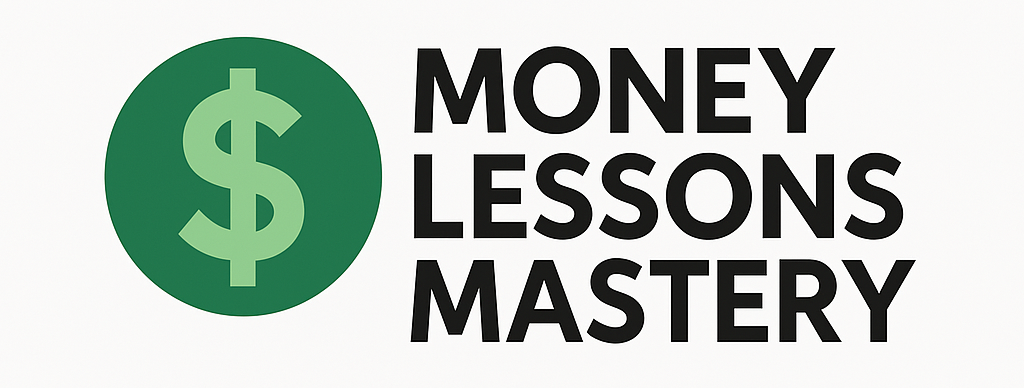In today’s digital world, financial scams are more sophisticated and widespread than ever. From phishing emails to investment fraud, scammers use a variety of tactics to trick people out of their hard-earned money. Fortunately, there are several practical steps you can take to defend yourself. Use the tips below to stay vigilant and keep your finances safe.
1. Recognize Common Types of Scams
Understanding how scammers operate is your first line of defense. Here are some of the most common financial scams:
- Phishing emails and texts: These messages appear to come from a trusted source and often ask for personal information or encourage you to click on malicious links.
- Phone scams: Scammers may impersonate government agencies, banks, or tech support and demand money urgently.
- Online shopping scams: Fraudulent websites offer deals that are too good to be true, only to steal credit card details without delivering products.
- Romance scams: Scammers build trust with victims through online relationships before requesting money.
- Investment fraud: Promising high returns with little or no risk is a major red flag in the investment world.
2. Use Strong Passwords and Security Tools
Protecting your accounts starts with good cybersecurity practices. Here’s what you should do:
- Use unique, complex passwords: Avoid using the same password across multiple accounts. Consider using a reputable password manager.
- Enable two-factor authentication (2FA): This adds an extra layer of security to your online accounts.
- Install antivirus software: This helps detect and block malicious files and activity.
- Keep systems up to date: Regularly update your devices and apps to patch known vulnerabilities.
3. Be Skeptical of Unsolicited Contacts
If someone contacts you out of the blue—especially with urgent or emotional requests involving money—stay cautious. Scammers often create a false sense of urgency to pressure you into acting quickly. To stay safe:
- Don’t share personal information: Never give out your Social Security number, bank info, or login credentials through email, phone, or text.
- Verify the source: Contact any organization directly using a phone number or website you know is legitimate.
- Avoid clicking unknown links: Hover over links before clicking to confirm their destination. When in doubt, don’t click.
4. Monitor Your Financial Accounts
Keep a close eye on your finances so you can catch any suspicious activity early. Here’s how you can do that:
- Review statements regularly: Check your bank and credit card statements for charges you don’t recognize.
- Set up alerts: Many banks offer customizable alerts for transactions, balance changes, and logins.
- Use credit monitoring services: These can notify you of changes to your credit report and help detect identity theft.
5. Report Suspicious Activity Immediately
If you suspect a scam or realize you’ve been targeted, act fast:
- Contact your bank or credit card company: They can freeze or reverse transactions and help secure your accounts.
- Report to the authorities: You can file complaints with the Federal Trade Commission (FTC) at reportfraud.ftc.gov, and contact your local law enforcement.
- Alert your network: Let friends and family know so they can avoid similar scams, especially if the scam involved impersonating you.
Final Thoughts
Scammers are constantly refining their tactics, but by staying aware and taking preventive measures, you can protect yourself and your money. Practice caution with unfamiliar contacts, safeguard your personal information, and don’t hesitate to ask questions or seek professional advice if something feels off. Financial security starts with smart habits and informed choices—so stay educated and stay safe.
